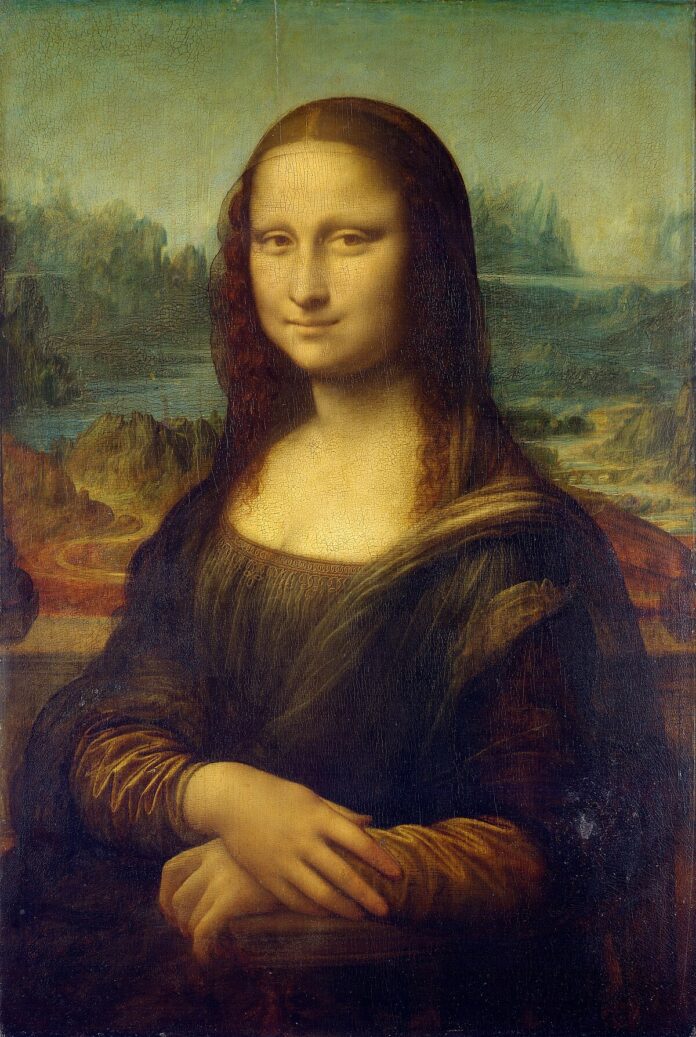Techniques to conservation a painting
There are several techniques to conserve a painting, both through preventive measures and active treatments:
Preventive Conservation:
- Environment:Light: Minimize exposure to direct sunlight and UV radiation, which can fade pigments and damage the canvas or support. Use UV-filtering glass or acrylic for framing.
- Temperature and Humidity: Maintain stable temperature and humidity levels (ideally 65-70°F and 50-55% RH) to prevent warping, cracking, and mold growth. Avoid extreme fluctuations and direct exposure to heat sources.
- Air Quality: Protect the painting from dust, smoke, and other pollutants that can accelerate deterioration. Use air filters and avoid hanging paintings in kitchens or bathrooms.
- Handling and Storage Handling: Always handle paintings with clean hands and wear gloves when necessary. Support the canvas or panel from the back and avoid touching the painted surface.
- Storage: Store paintings upright in a cool, dry, and dark location. Use acid-free materials for wrapping and padding. Avoid storing paintings in attics, basements, or garages where conditions fluctuate.
- Display:Hanging: Use appropriate hanging hardware to mount the painting securely. Avoid hanging paintings in areas prone to vibration or high traffic.
- Framing: Use acid-free mats and backing boards, and avoid direct contact between the artwork and glass. Consider using UV-filtering glazing to protect against light damage.
Active Conservation Treatments:
These treatments should only be carried out by trained professionals, as improper intervention can cause irreversible damage.
- Surface Cleaning: Use appropriate solvents and techniques to remove dirt, grime, and discolored varnish.
- Consolidation: Stabilize flaking or lifting paint layers using adhesives and resins.
- Inpainting: Fill in small losses or areas of damage with compatible pigments and media to restore the painting’s visual integrity.
- Lining: Adhere a new canvas or fabric to the back of the original canvas to provide structural support and prevent further deterioration.
Additional Tips:
- Regular Inspection: Inspect your paintings for damage or deterioration, such as flaking paint, discoloration, or mold growth.
- Professional Consultation: If you notice any problems, consult a qualified conservator for advice and treatment options.
- Insurance: Ensure your valuable paintings are protected from loss or damage.
How can a painting be conserved?
Painting conservation involves a multi-pronged approach, encompassing both preventive and interventive measures:
- Preventive Conservation:
- Environmental Control: Use a thermostat and hygrometer to maintain a stable temperature (65-70°F) and relative humidity (50-55%). Avoid direct sunlight and UV exposure with UV-filtering glazing or blinds.
- Handling and Storage: Handle with clean hands and gloves, supporting the painting from the back. Store upright in a cool, dark, dry area with acid-free materials. Avoid attics and basements.
- Display: Hang securely with proper hardware, away from direct sunlight, heat sources, and high-traffic areas. Use acid-free mats and backing boards for framing.
- Interventive Conservation (for professionals only):
- Surface Cleaning: Remove dirt and grime with appropriate solvents and techniques.
- Consolidation: Stabilize flaking or loose paint.
- Inpainting: Fill in small losses with reversible materials.
- Lining: Attach a new canvas for support.
- Varnish Removal/Re-application: Remove discolored varnish and apply a new protective layer.
How do you protect an expensive painting?
In addition to the above, consider these extra precautions for valuable paintings:
- Security: Install alarm systems, surveillance cameras, and secure hanging systems.
- Insurance: Obtain proper insurance coverage for damage, theft, or loss.
- Regular Inspections: Have a conservator assess the condition annually and address any issues promptly.
- Documentation: Keep detailed records of the painting’s history, condition, and any treatments.
- Disaster Planning: Develop a plan for safeguarding the painting in emergencies like fire or flood.
How can I preserve paint?
Paint preservation is primarily achieved through the preventive conservation measures mentioned above. However, specific considerations apply:
- Avoid harsh cleaning products: Use only gentle, pH-neutral cleaners specifically designed for art.
- Limit exposure to extreme temperatures and humidity: This can cause cracking, flaking, and other damage.
- Protect from direct sunlight: UV radiation fades pigments over time.
How do you store paintings long-term?
For long-term storage:
- Climate-Controlled Environment: A dedicated art storage facility with stable temperature and humidity control is ideal.
- Proper Packaging: Wrap paintings in acid-free tissue paper and place them in archival boxes or padded racks.
- Regular Monitoring: Inspect the paintings periodically for any signs of deterioration.
Professional conservation is always recommended for valuable or delicate artworks. By taking proactive measures and seeking expert advice, you can ensure that your paintings remain in excellent condition for years.
By following these guidelines, you can help preserve your paintings and ensure they can be enjoyed for many years.




